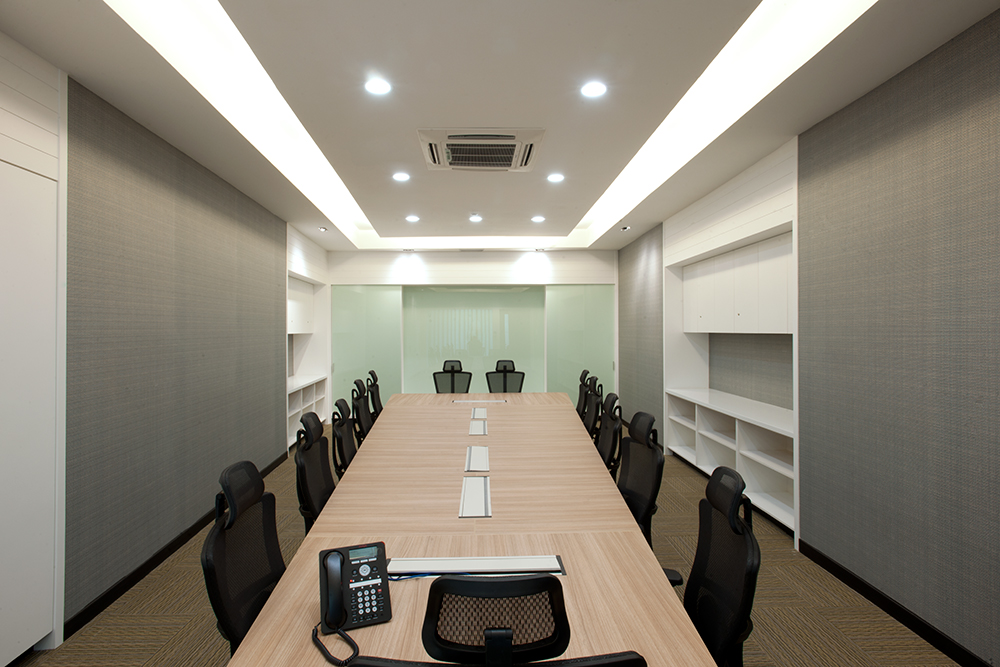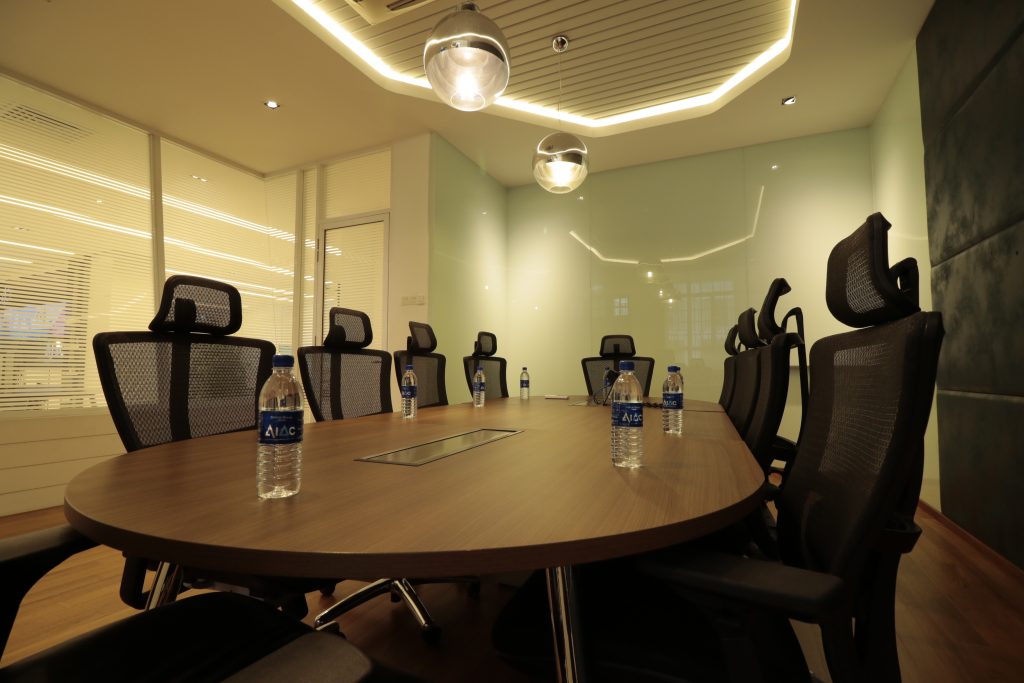Technology is something that everyone in society will require at some point in their lives, regardless of their circumstances. Smartphones and social media are available for communication. We have vacuum cleaners, a washing machine, a lawnmower, and an automated gate for uncomplicated everyday duties. We have bullet trains, sports automobiles, aeroplanes, and cruise ships for mobility. Yes, technology has proven to be extremely beneficial in a variety of scenarios, including arbitration processes.
Technology is increasingly being used to aid in the practice of international arbitration. The arbitration community, in particular, has expressed a desire to embrace technology that enhances efficiency, noting the need for “increased efficiency, particularly through technology” as the factor most likely to influence the evolution of international arbitration.

Increased productivity
Technology has the ability to improve arbitral hearings in two ways when used correctly: efficiency and advocacy. The former has already been realised to a large extent. Technology approaches varied almost as much as lobbying approaches. The use of Powerpoint slides in the hearing rooms is an excellent example, with some experienced attorneys relying on hundreds of complex slides and others employing a much more simple approach.
Images are something that people expect
We are living in a visual world, and some may even say we are obsessed with images. Technology and visuals are no longer regarded as a luxury but rather needs. As we open our eyes when waking up, we’re assaulted with pictures. People can now explain things better thanks to technology, particularly when it comes to metaphors employed in arbitration. Again, with proper implementation and application on PowerPoints, all of this can be shown effectively. The use of technology in the hearing chamber has a significant impact on the arbitral process.
Everyone around the world is using technology
We are living in a world that is both visually and mentally exciting. In this fast-paced atmosphere, people’s attention tends to wander, and instant gratification is the norm. This desire for quick visual feedback is both fueled by and satisfied by technology. This requirement does not end when the arbitral hearing chamber door closes. Better software, the emergence of a technology consulting industry, and the modernisation of hearing venues have resulted in widespread functionality and technical advancement among arbitrators.
E-briefing
A first step toward holding a paperless hearing is to use available electronic alternatives from the initial pleading. A live version of your contribution is an e-brief. Rather than sifting over hundreds of PDF files or boxes of paper, an e-brief enables the tribunal to click on hyperlinks from your brief’s citations to all relevant exhibits, legal references, witness testimonies, and expert reports in a digital format. It also makes navigation, accurate linking, and access from any computer or tablet much easier. All of this is conceivable.
Projection is more straightforward.
Zooming in, calling out (inset), highlighting, and underlining are all document modifications that focus the viewer’s attention on a particular text. It is now possible to compare documents or read carry-over sections by displaying whole pages side by side thanks to the arrival of widescreen monitors. Exhibits, including PDF documents, can be viewed natively, which means that instead of printing and displaying a spreadsheet over several pages of paper, a Microsoft Excel file can be seen in Excel.


